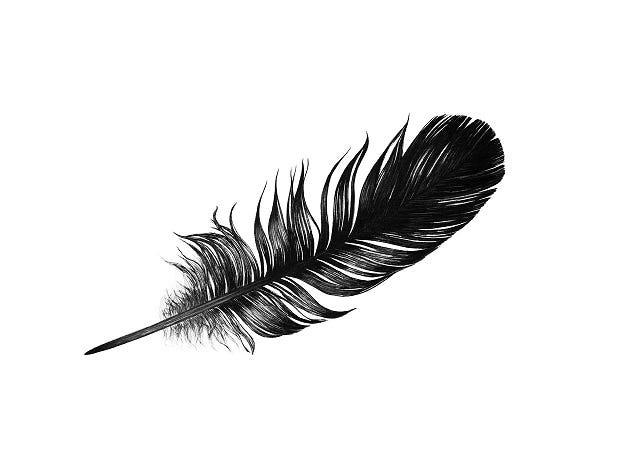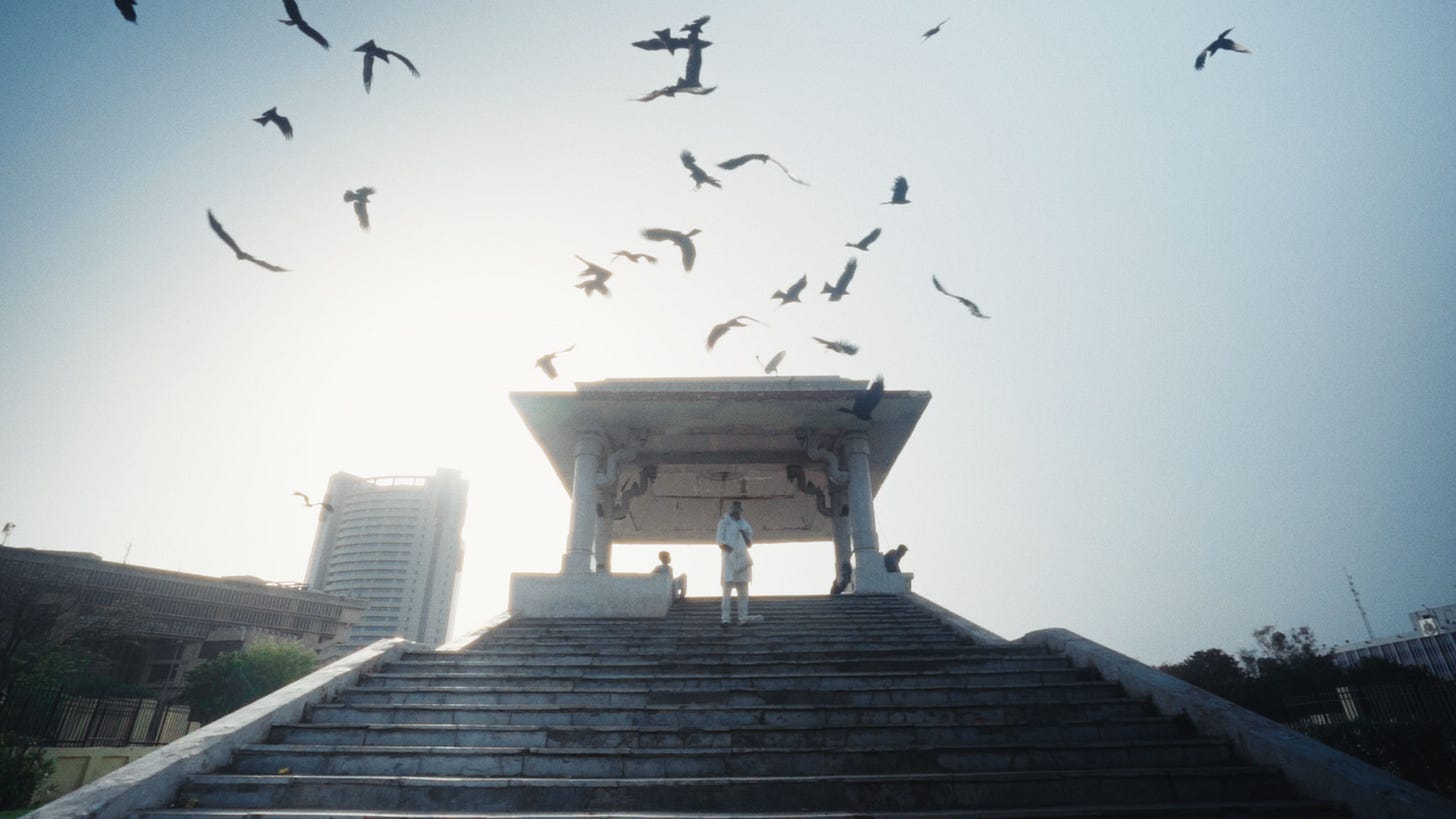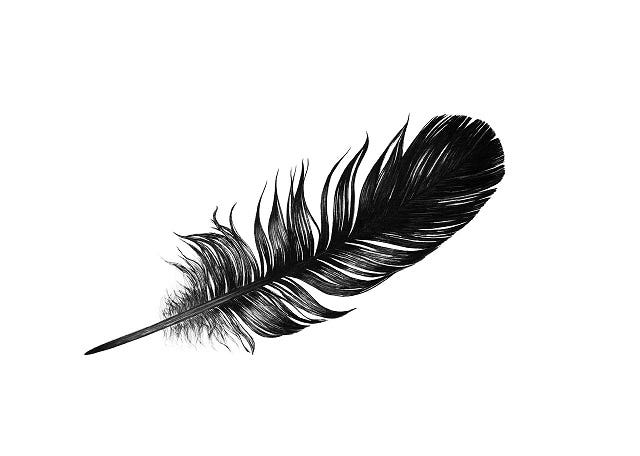The Community of Air
3/9/23 – The importance of noticing
Hello everyone:
I’ve spent my adult life happily avoiding social media, but to broaden the Field Guide conversation I’ve now joined Mastodon. If you haven’t heard of it, it’s a healthy alternative to the dumpster fire over at Twitter, which I could not bring myself to join. If you’re so inclined, connect with me at Mastodon.
As always, please remember to scroll past the end of the essay to read some curated Anthropocene news.
Now on to this week’s writing:
Heather and I watched the documentary All That Breathes recently. It follows the brothers Mohammad Saud and Nadeem Shehzad, with their assistant Salik Rehman, as they care for wounded birds in their small home in a Delhi slum. Aesthetically, All That Breathes is a visual poem, perhaps the most beautifully filmed documentary I’ve seen. Narratively, it stays close to the bone, favoring silence over talk but always intensely, captivatingly meaningful.
Where All That Breathes truly shines, though, is at the meeting ground of empathy and ethics. Watching the brothers struggle to do their good work, the film sings precisely along the line between hope and heartbreak, caring and catastrophe, that defines our place in a radically disrupted natural world.
Over the last twenty years, Nadeem and Saud have provided devoted care to an astonishing number of birds: more than 20,000 birds since 2010, and now about 2,500 per year. They treat mostly black kites, ubiquitous small raptors that haunt the filthy skies of Delhi. Their lives revolve around this care, funded on a shoestring budget through a small family business selling soap dispensers, plus the occasional grant. They are poor, in a poor neighborhood. Their facilities (until recently) were crude, the work constant, and the reward entirely a matter of faith.
From this unlikely sanctuary they have, as the film’s director Shaunak Sen told the Times, “front row seats to the apocalypse. Birds are literally falling out of the sky into their tiny basement.”
Here’s the film’s marketing description:
In one of the world’s most populated cities, cows, rats, monkeys, frogs, and hogs jostle cheek-by-jowl with people. Here, two brothers fall in love with a bird – the black kite. From their makeshift bird hospital in their tiny basement, the "kite brothers” care for thousands of these mesmeric creatures that drop daily from New Delhi’s smog-choked skies. As environmental toxicity and civil unrest escalate, the relationship between this Muslim family and the neglected kite forms a poetic chronicle of the city’s collapsing ecology and rising social tensions.
Heather and I are not the only people to fall in love with All That Breathes. It is the first documentary to win both the World Documentary Grand Jury Prize at the 2022 Sundance Film Festival and the L’Oeil D’or (“Golden Eye”) award at Cannes. It has won many other prizes as well. And it’s up for an Oscar this Sunday.
In a Times newsletter, writer Somini Sengupta nicely captured the essence of the film, particularly in this passage about the brothers and Salik, who
care for their neighbors (in this case, nonhuman neighbors) in a makeshift bird hospital in a tiny basement on a narrow street in a cheek-by-jowl neighborhood of Delhi. The brothers treat their wounds. They grind meat to feed them. They nurse them back to health. When they can’t, they dig graves.
And therein lies a lesson for many of us in the era we call the Anthropocene: The brothers do their part.
[Shaunak] Sen calls it noticing. Noticing who is there, who is hurt, who needs care.
“They’re constantly surrounded by that kind of awareness of things that are very palpably living, injured, wounded, breathing,” Sen said.
And it’s this noticing I want to talk about here. It’s not just the brothers whose lives full of stress and joy exist on the threshold between hope and heartbreak, caring and catastrophe. It’s the film itself.
The gorgeous cinematography is rooted in that noticing and caring. From the opening shot, the camera attends to the margins of urban life where the more-than-human world persists. It notices life everywhere, small to large, millipede to rat to feral pig to cow, often finding it in trash-strewn puddles and other water sources. The camera reflects, quite literally, upon the human war against the tapestry of life, and documents the tragic, beautiful struggle to persist.
Which means that the context for the brothers’ struggle to maintain their practice against financial, logistical, and personal odds is that same struggle to persist. Nadeem, Saud, and Salik are woven into the more-than-human world by their empathy. They are the turtle awkwardly clambering through the landfill; they are the black kites navigating a sky full of horrors.
Saud and Nadeem note on their website, Raptor Rescue, that as young men they decided they could no longer ignore the birds’ suffering. They found little support in the community, but were determined to let their noticing upend their lives. That’s the radical step not enough of us take, crossing the line from empathy to ethics, and never retreating.
While thinking about the film this week, I had one of those moments of coincidence that make writers happy. A conversation on the radio – NPR in some form – referenced a well-worn and much-needed bit of Jewish wisdom:
Do not be daunted by the enormity of the world's grief. Do justly, now. Love mercy, now. Walk humbly, now. You are not obligated to complete the work, but neither are you free to abandon it.
You are not obligated to complete the work, but neither are you free to abandon it. While this has always been true in human affairs, particularly in the endless struggle for social, political, and religious justice, it literally and metaphorically infuses the air we breathe now in the Anthropocene. From the toxic air of Delhi that chokes both Nadeem’s young child and the black kites to the warmed atmosphere acidifying the oceans and rupturing ecosystems from Pole to Pole, we are still in the early days of the necessary multigenerational task to heal the wounds of this absurd and tragic human era.
“Delhi is a gaping wound and we are a tiny Band-Aid on it,” says Nadeem. He might as well be talking about the globe and the countless other small-scale solutions people like he and Saud are enacting to counteract the large-scale chaos.
The gift we receive when we truly notice the suffering of the natural world is the realization that we don’t need to cross a line to get there. We’re already there. Despite our boxed-in lives – cubes we call home, car, store, office – we’re in the tapestry and inseparable from it. We belong to the world. It does not belong to us, though the last two centuries of ecological erasure have been driven by that delusion.
Nadeem reminds us that we don’t need religious, social, or personal reasons to care for animals. “Life itself is kinship,” he says. And in a metaphor rooted in two decades of caring for birds, he reminds us that the atmosphere connects all that breathes: “We’re all a community of air.”
All That Breathes is on HBO. Check it out, and find your place in the community.
Thanks for sticking with me.
In other Anthropocene news:
From the Times, on the heels of the UN Global Biodiversity Framework, the latest remarkable UN achievement, after years of effort, is the High Seas Treaty. Agreed upon by 193 countries, the High Seas Treaty provides a framework by which civilization can regulate human activity and protect ecosystems in the deep oceans, beyond the jurisdiction of individual nations. The first order of business will likely be the creation of Marine Protected Areas, in order to reach the goal of protecting 30% of the oceans by 2030. What makes this treaty transformative is that, for the first time in human history, it creates a mechanism by which environmental policy can finally be applied to the 43% of the Earth’s surface that has until now been remote and lawless. In theory, beyond the MPAs, the treaty might someday provide a tool to get international agreement on ocean plastics, shipping noise, and much more.
From Yale e360, good news on the recycling of solar panels.
From Third Act, the climate activist group composed of older Americans, the upcoming National Day of Action, on 3/23/23, against banks that are still funding new fossil fuel extraction. They provide a map of planned protests so you can find one near you.
From Wired, an excellent overview of the latest news on the disastrous plan to mine the deep ocean for polymetallic nodules. For background, you can read my writing on this in an essay titled Still Digging.
From the Times, a beautiful photoessay from my neighborhood here in midcoast Maine about the beauty and wonder of life in winter.
From Canada’s National Observer, growing pot indoors isn’t very green. Growing a kilogram of pot created about 3,600 kg of CO2 emissions, whereas a kilogram of tomatoes might only produce 2 kg of CO2.







"The threshold between hope and heartbreak, caring and catastrophe"...I love this phrase which beautifully describes not just the moment we are in but the way in which we can hold the moment: with both hope and heartbreak in our hands, caring and catastrophe in our chest. I haven't seen the film but look forward to watching something that addresses this threshold moment so truthfully. Your gorgeous words, the promise of this film offer the sustenance I need to keep holding this moment. Thank you.
Wonderful writing. You are like a poet and songwriter at the height of eloquent even rhapsodic power and your essays keep climbing higher into the empyrean radiant with awareness and compassion. The Anthropocene, horror and hope, the best and worst of times. The black kite ascending.